Now that we’re feeling post-pandemic wanderlust again, we’ve decided to re-post some travel features to tantalize readers into visiting these magical, faraway places. With that in mind, here’s a guide to Italy’s gorgeous island of Ischia:
___________________________
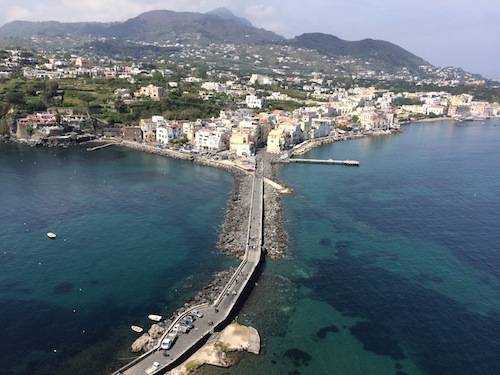
Discover the friendly Italian island of Ischia off the coast of Naples, near Capri, on the azure Tyrrhenian Sea. It’s also known as the “Green Island” and is rich in Greek and Roman history and filled with distinctive architecture.
Featured in the film The Talented Mr. Ripley, this island is decorated at every turn with lemon trees and fragrant, hanging wisteria, which leaves you feeling as though you’ve stepped into a charming fairy tale. You’ll also find vineyards, 130 thermal springs, including those at the Poseidon Thermal Gardens, as well as the famous and lush La Mortella Gardens, a celeb-studded global Film Festival (each July), exquisite local eateries, and the massive historical Aragonese Castle. One of the brightest stars on this lovely island is the Regina Isabella Hotel, perched regally on the water with its Michelin-star restaurant Indaco, gorgeous local ceramic tiles throughout its lobbies and suites, a world-class spa, picturesque views, delicious fresh food, and a warm, welcoming staff.
If you fly Meridiana Airlines to Naples, you won’t be disappointed: the airline has ultra-comfy seating and a genuinely helpful staff. From Naples the trip to Ischia is a quick boat ride away.
Where to Stay & Where to Roam:
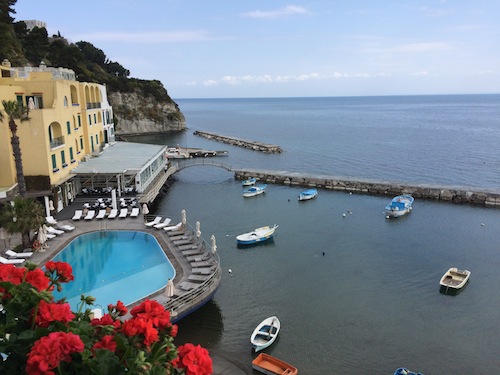
Beds of the Stars
Ischia warrants deep exploration, and there’s no better place to hang your silk robe than at the 5-star L’Albergo della Regina Isabella. Luminaries past and present have found respite here, including Francis Ford Coppola, Elizabeth Taylor, Richard Burton, Maria Callas, and Stephen Spielberg. The poet W. H. Auden was spellbound by Ischia too, and the movie Cleopatra was filmed on the island. Madame Marie Curie traveled to its thermal springs. Every July the island hosts a film festival, and the Regina Isabella is filled with appreciative film industry people. Local ceramic artists created the beautiful tiles that grace the lobby and each room in the hotel, and each suite features a different tile pattern. Beds are big and comfortable, and made up with soft cotton sheets. The hotel’s spacious and elegant suites overlook an unforgettable view of the bay, the heated outdoor pool, the sea, and the mountains created by a volcanic eruption long ago. At intervals throughout the day you can hear the sonorous sound of church bells from your suite, and authentic Italian treats such as gelato, a piazza, and espresso bars are within a minute’s walk away.
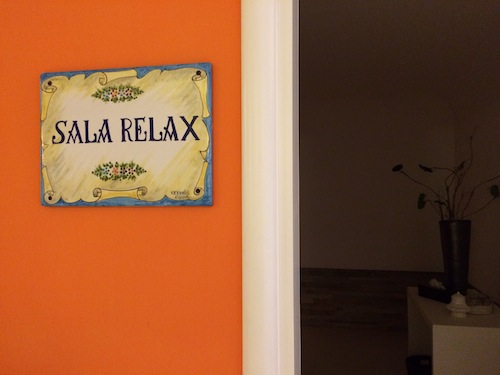
Local Spa Secrets
If you seek beauty, therapeutic, wellness, fitness or facial treatments, the hotel’s spa, Le Terme della Regina Isabella, is quite extensive in its offerings and well known for its effectiveness. Here you’ll find mineral-rich mud bath treatments and thermal spring water immersions, circulatory and osteopathic treatments, various massages, cellulite or leg treatments, facials, thermal pools, a fitness room, hair and nail treatments, dermatological treatments, a Relaxation Room and more.
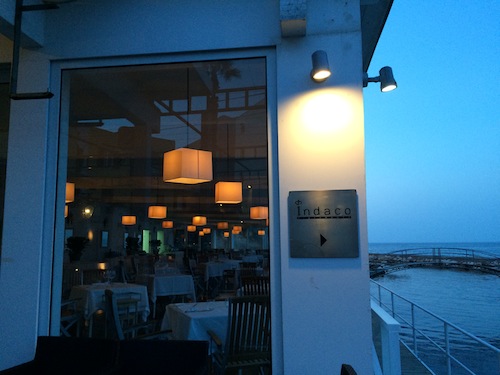
Indaco’s Famed Menu
The cuisine is next level at the Regina Isabella. It boasts the Michelin-star restaurant Indaco Ristorante with lauded Chef Pasquale Palamaro as well as the Restaurant Regina Isabella, Sporting Restaurant and Bar Regina Isabella. All of them serve inventive, healthy foods. Buffets for salad courses overflow with varieties of vegetables, fish and fruit: fresh artichokes, seafood salad, squid, kiwis, pineapple, salmon, grilled eggplant and zucchini, wild local spinach, cheeses, homemade breads and more. Second courses include fresh pasta dishes and main courses feature local delicacies such as scorpion fish, wild rabbit, Dentex fish, and other types of fresh red or white fish. Desserts are everything you would imagine from Italy, and include Zuppa Inglese, melt-in-your-mouth profiteroles, heady Baba Rum cakes, fruit tarts, and of course, the world’s best gelato. Cocktails are equally inspired and include sparkling prosecco with raspberry juice and martini variations.
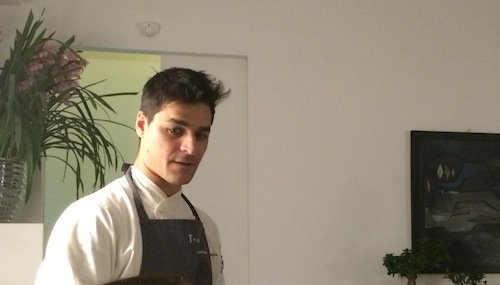
Indaco received its Michelin star for good reason; Chef Pasquale Palamaro is both young and inspired. His Codfish Carpaccio with pepper sauces and black truffle pearls (featured above) almost looks too beautiful to consume, yet it tastes even better.
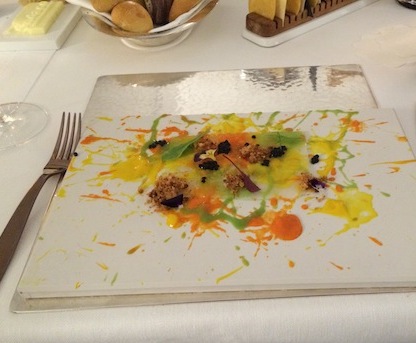
A small palate cleanser the size of a pearl was served on an oyster before dessert. This tart little treat delivered an explosion of flavor, and a perfect example of why Indaco is elevated far above the ordinary. I’ll never forget the taste sensation and will also never know how it was achieved. During a 7-course meal, every dish was artfully prepared, delectable and memorable, paired with the perfect wine, and plated in an original manner. Indaco is a unique Italian dining experience in itself, and shouldn’t be missed.
The Must-See & Do List in Ischia:
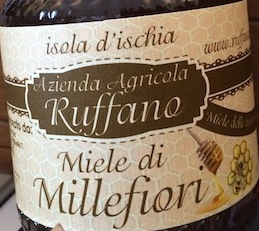
Italian Island Wine: In Vino Veritas
The hotel features an impressive wine cellar and selection, but if you want to visit local vineyards on the island for tastings, head south to Ruffano at the Punta Chiarito Resort in Sorgeto for delicious whites and reds, as well as extra virgin olive oil, honey and marmalades. Check out Puntachiarito.it. The mountaintop views at this unique resort are awe-inspiring, and the owner is a gregarious, hospitable host who will leave you smiling.
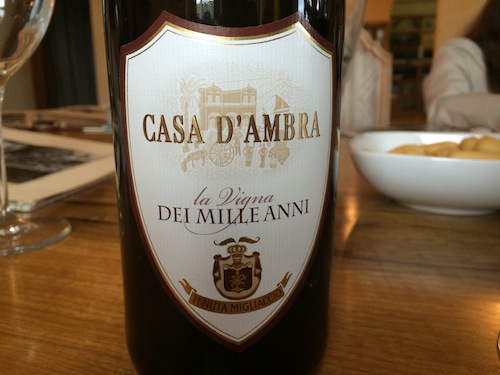
Before the 1960s, Ischia was primarily comprised of vineyards. Typical grapes in Ischia are the Arilla, Guarnaccia, Forastera, Biancolella, San Lunardo and Per ‘E Palummo. The Biancolella has an ancient origin, which is most likely Greek, since a Greek farm dating back to the 7th century was discovered near Punta Chiarito with a grapestone and DNA similar to the Biancolella. Ischia still produces approximately 500,000 bottles of wine, with 10% being produced by the Casa D’Ambra Vineyard, which dates back to 1888 and is absolutely worth visiting as well: Dambravini.com. Also visit Agriturismo La Pergola on via Giuseppe, 8 in Forio.
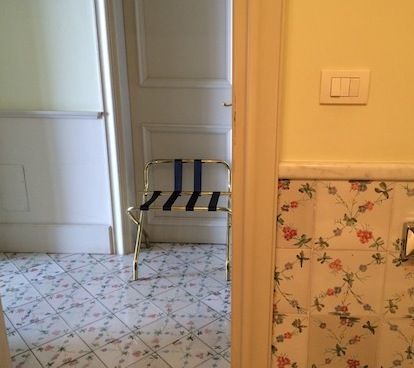
Perfect Ceramic Sediment
Due to the island’s mud sedimentation, ceramic factories in Ischia flourish — and their art adorns homes, restaurants, hotels and shops within the island and beyond. The last volcano magma flow was in 1303 in the northeast portion of the island.
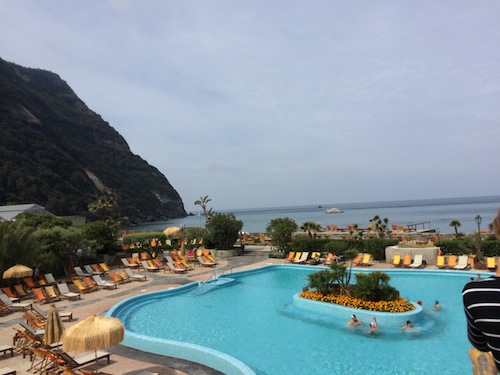
A Watery Haven with a Global Following
For many, the point of visiting Ischia is to experience its natural thermal springs for relaxation, health and healing benefits. Some thermal springs contain chloride, sodium, bromide, and iodine and others contain sulphides and alkali elements too. The Poseidon springs, known as Giardini Poseidon Terme, have long been a source for mineral springs and thermal waters due to the island’s volcanic origin. They were used as far back as early Greek and Roman times and are located in the Bay of Citara. Scientist and radium discoverer Madame Marie Curie traveled from France to Ischia to experience them and to heal as well. There are currently 25 pools with water temperatures that vary from 80 degrees F to 104 degrees F, capped off with icy water pools for the bravest among us. There’s also a Roman sauna, Japanese Pool, Turkish Hammam, Kneipp treatments, private beach, restaurant, Olympic pool, waterfalls, gardens, and spa with various types of massages. After the watery haven of the springs, enjoy a meal at the Oasis Restaurant, and opt for the deck area, where you can enjoy a view of the bay: Ristoranteoasis.it.
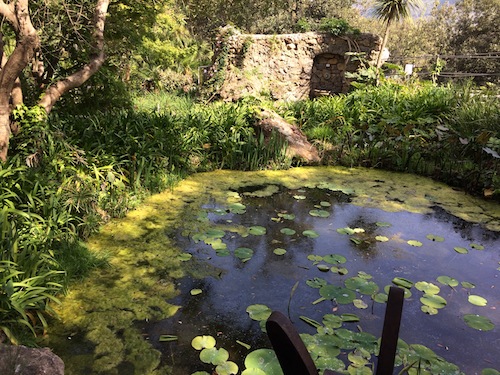
Nature Basking
People around the world visit Ischia to see William and Susana Walton’s unbelievably gorgeous gardens, Giardini La Mortella. Even if you’ve never been interested in gardens before, this one will astound you. British composer William Walton and his second wife Susana began to develop these gardens in 1956, and the result is spectacular: narrow paths wend alongside bamboo, Japanese maples, agaves and grey palms, aloe plants, roses, blue flowers, ornamental fountains and frog-filled ponds with oversized lily pads. The orchid house is beautiful, as is the Victoria House, museum, recital room, Nymphaeum and Mediterranean Garden, Thai House, Greek Theatre and Crocodile Cascade. Read more at Lamortella.org — and a visit to its elegant tea and coffee café is practically mandatory.
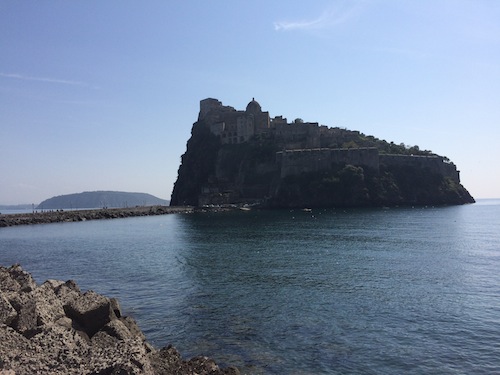
Drama Castle
Another reason people flock to Ischia is to roam the Aragonese Castle, a fortress built in 474 B.C. by Greek-Syracusan Hiero 1. The castle was then inhabited by the Romans, Visigoths, Vandals, Ostrogoths, Arabs, Normans, Suebi and Angevins and served as protection from pirates and other marauders. In 1832 it served as a prison under the reign of King Ferdinand of Naples. In 1860, when Ischia became part of Italy, it was no longer used as a prison. Since 1911, its current owners have overseen its restoration and management. Fans of the show Game of Thrones will especially appreciate this castle because it seems like a perfect set for the Mother of Dragons. The castle is connected to the island by a bridge and thin strip of land, and features a church, European Institute of Restoration (two Egyptian mummy caskets were being restored this month), Ancient Watch/Defense Tower, convent, nuns’ cemetery, two churches, a cathedral, a millstone, olive terrace, prison, restaurant and café, garden, and more.
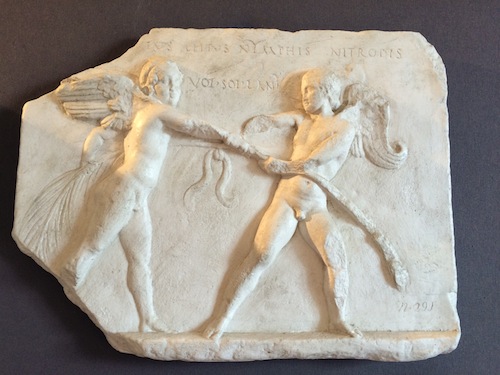
A Museum of Ancient Curios
If you’re fascinated by the rich history of Ischia, head to the Archeological Museum of Pithecusae in Lacco Ameno at Villa Arbusto (or simply the Museo di Villa Arbusto) to view archeological finds from the Greek settlement of Pithecusae in the 8th century B.C. One geometrically designed vase from that period tells the story of a shipwreck, and a well known cup from Rhodes contains an epigram of three verses in the Euboic alphabet – with written reference to the famous Nestor’s cup described in The Iliad. Ceramic were exported from Ischia during the Ellenistic Age to Africa, Spain and the South of France. You can also view lead and tin objects that date back to the Roman age. The grounds of the museum are magnificent as well: Pithecusae.it.
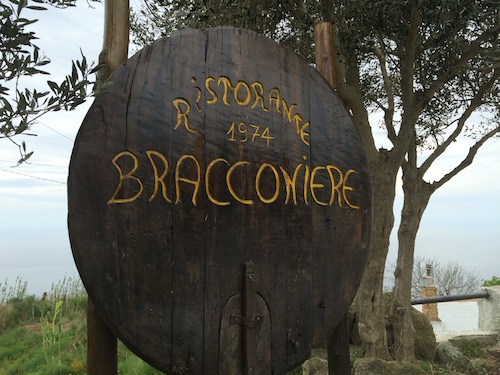
Bracconiere’s Rabbit
Visit the Thermal Springs of Sorgeto, Cavascura and Nitrodi and enjoy lunch on the beach to fully appreciate what the island has to offer. These natural springs run hot and cold, and provide a perfect opportunity to indulge in nature’s bounty. Another thoroughly authentic experience is the Ischian restaurant Bracconiere (Serrara/Fontana) where you can order the island’s fresh specialty: wild rabbit. Called Coniglio all’Ischitana, it’s been the typical dish of the island for centuries because rabbits proliferate in the region. Cooked in a wine sauce with tomatoes, it’s delicious and unique to the region.
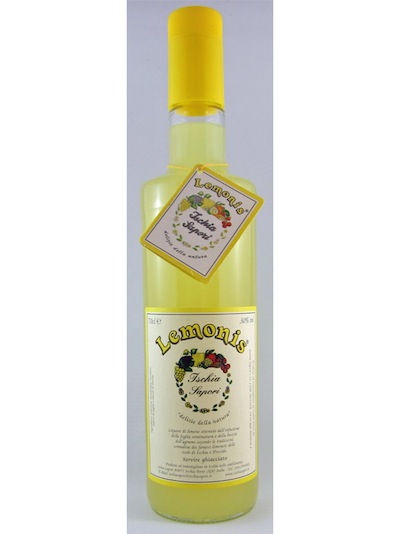
Shop Nature’s Bounty and Ischia’s Upscale Offerings
Of course you’ll want to do some shopping in Ischia! Head to Via Roma near the Piazza degli Eroi for shops that offer both high end offerings as well as affordable souvenirs. Some items that are typical to Ischia include: anything lemon scented or made with lemons, marmalades, local olive oil and wines, coated almonds, pistachio or Lemon Torrone, Italian cotton, honey, rosemary, pepper-themed items (to ward off bad luck), cheese, and the island’s renowned ceramics. Near the Regina Isabella Hotel on Corso A. Rizzoli, you find some superb shops, which include Nu’poco e Ischia and the jewelry shop The Black Pearl/La Perla Nera.
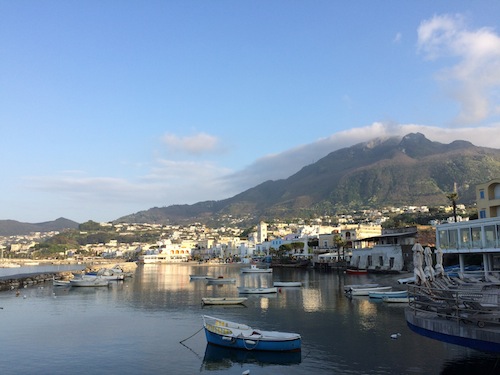
Ischia will soon be your own private discovery – and one of your favorite places in the world to visit.
Twitter = #iloveischia
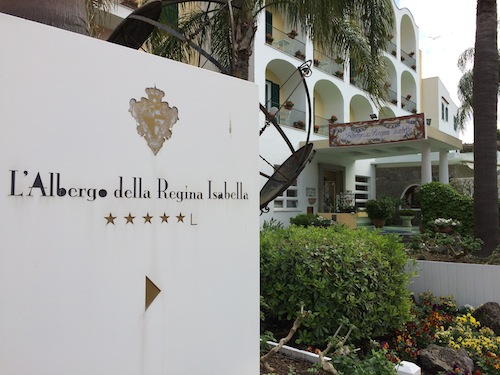
Hotel:
L’Albergo della Regina Isabella
80076 Lacco Ameno – Ischia – P.zza S. Restituta, 1
Ph. + 39 081.99.43.22
Fax +39 081.90.01.90
www.reginaisabella.it
info@reginaisabella.it
OR visit its website HERE.
________________________

